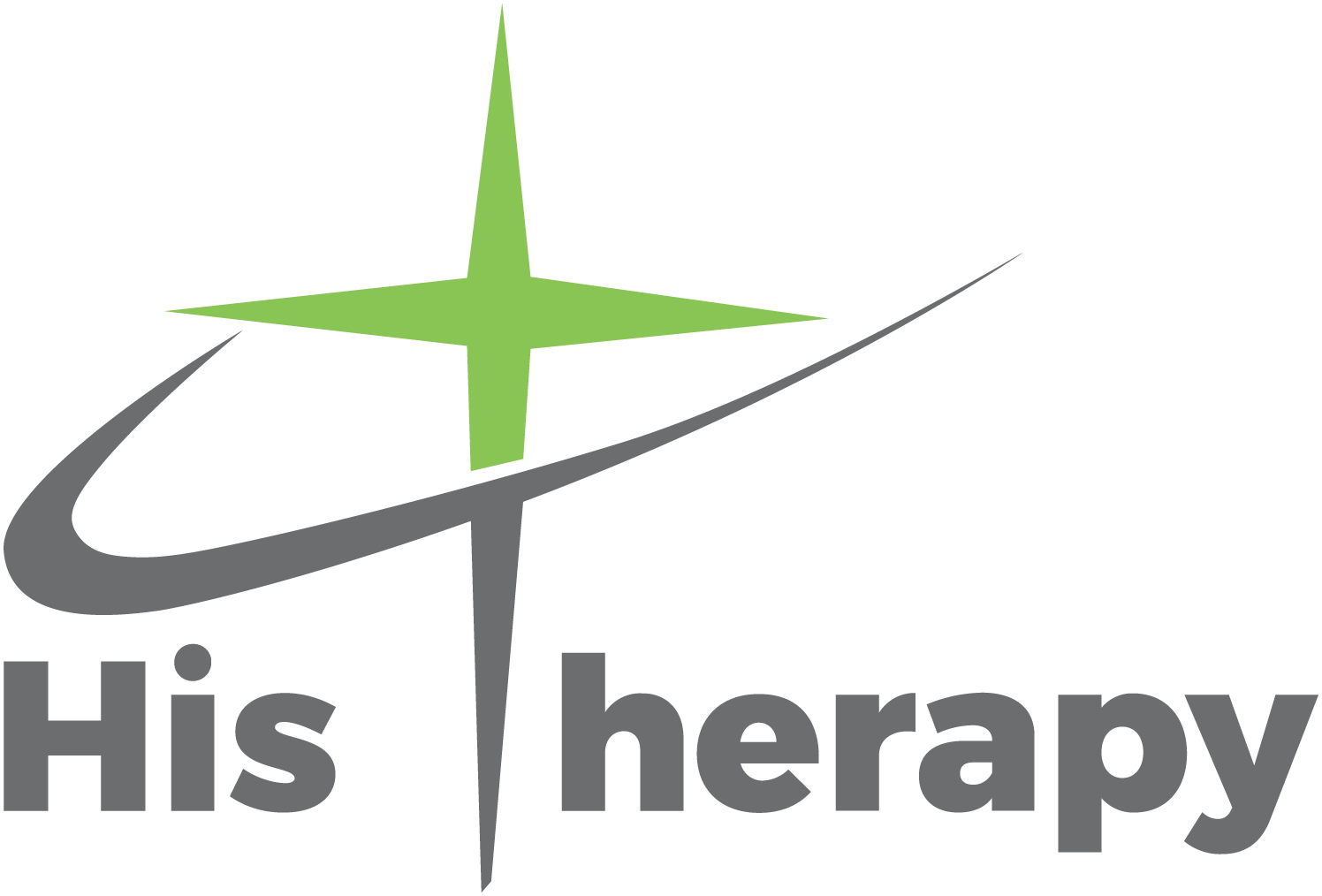Fun Facts about Physical Therapy
Did you know?
Reasons & Facts that may relate to you!
[ux_image id=”1175″] [row] [col span__sm=”12″]Physical Therapy can change your life!
Whether you are young or old, man or woman, injured or not, physical therapy can be used to treat, prevent, and strengthen! Here are some facts about Physical Therapy that may relate to you!
1.Physical therapy can instantly relieve pain.
-Physical therapy uses several modalities in treating patients.
-Cold packs are used to treat painful areas.
-Cold temperature applied over the area causes vasoconstriction of the blood vessels which decreases the inflammation and eventually the swelling and pain.
2.Physical therapy is an effective alternative for surgery.
-Degenerative disk, ruptured cartilage (Meniscal tear) and osteoarthritis are just a few conditions that may require surgery as treatment.
-Surgical procedures done on these conditions require long period of recovery.
-Physical therapy is an alternative to opt out surgery without having the side effects from surgery and prescription drugs.
3.Physical Therapy can induce relaxation.
-Manual therapy is a type of physical therapy which makes of the hands to treat a certain condition.
-This is done by applying right pressure to soft tissues.
-This technique improves blood circulation, lessens contractility and eventually relaxes the tensed muscles.
4.Physical Therapy uses electric current for treatment.
-Transcutaneous electric nerve stimulation is a non invasive modality used in physical therapy in the treatment of pain related to a certain condition.
-The goal of electrical stimulation has several purposes like post knee surgery to relieve the pain secondary to the surgical procedure and post stroke complications like muscle contractures and pain.
-The procedure is done by using electric current passing through an electrodes placed over the patient’s skin on the area where the pain is felt.
5.Physical Therapy is beneficial to elderly to prevent fall.
-Most reported cases of injuries among elderly are hip fracture secondary to fall.
-Elderly are high risk from falling due to decrease in muscle strength of the lower limbs.
-Physical therapy can aid to improve their balance and muscles through strengthening activities, reducing the risk of fall.
6.Physical Therapy plays an essential role in the treatment of some pathologic condition.
-Pathologic conditions like sports injuries, muscular and neurological illness can be addressed through physical therapy.
-Through collaborative effort of the patient and the therapist, restoration of movement and functioning can be achieved.
7.Physical Therapy strengthens your heart and lungs.
-Biking, running, jogging, brisk walking and simply walking are types of endurance exercise.
-These activities increase one’s heart rate and respiratory rate.
-Engaging in this kind of activity in a regular basis will improve the health of the lungs and heart thus preventing related medical condition such as heart disease, obstructive pulmonary diseases and more.
8.Physical Therapy plays an important role on care of cancer patients.
-Cancer treatment has a lot of side effects.
-Fatigue is the most common one due to an abnormal blood count.
-An individualized physical therapy intervention’s main goal is to teach the patient on proper activity pacing and conserving energy.
9.Physical Therapy can be helpful to children too.
-Physical therapy is not only focused on adult and elderly patients’ rehabilitation.
-Childhood health conditions can benefit from physical therapy too.
-A common condition that requires therapy seen on most children is cerebral palsy, a physical disability which is a result of abnormal development of the growing fetus’ brain (motor center) during pregnancy.
-The problems in this condition involves the motor functioning of the child like muscle stiffness, weakness and coordination.
-Therapy plan is formulated according to the child’s physical and developmental needs.
Information for this list was found through Infomory.com
[/col] [/row]